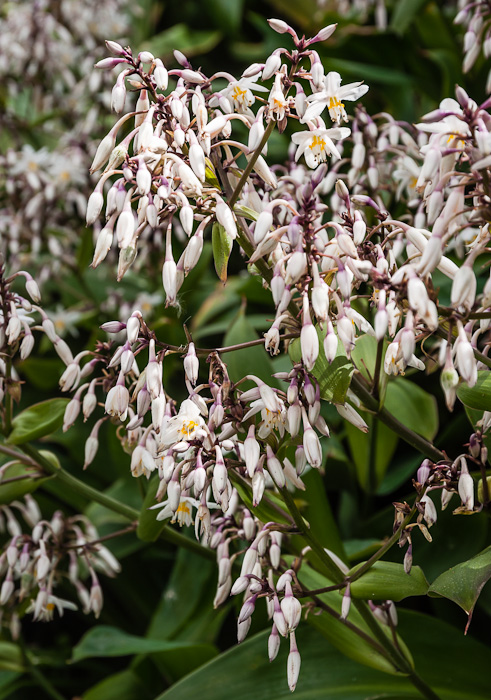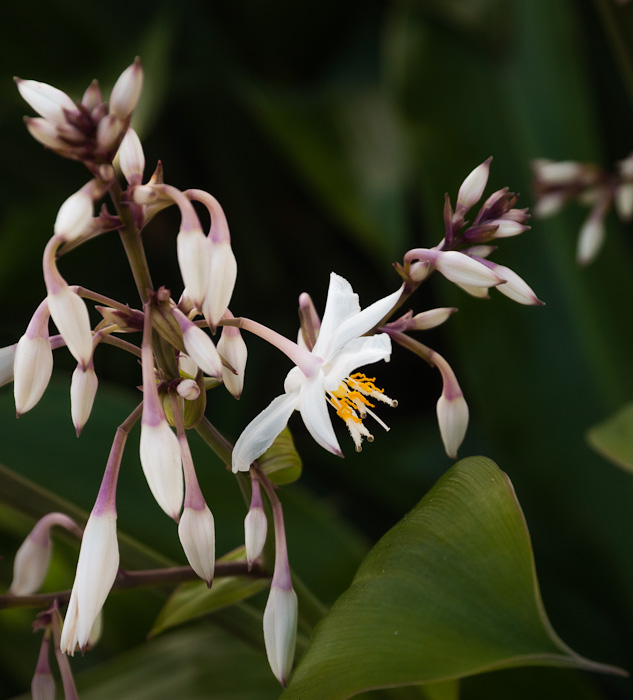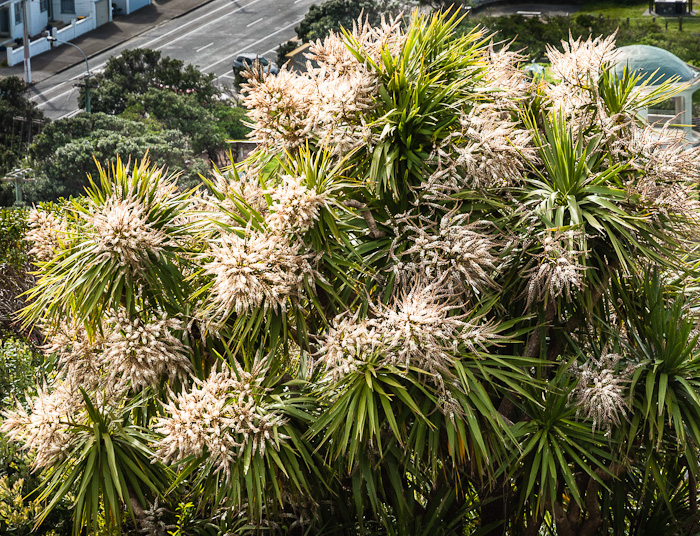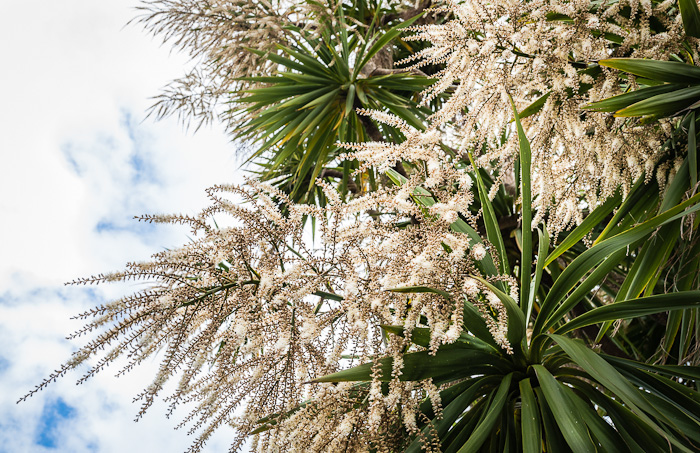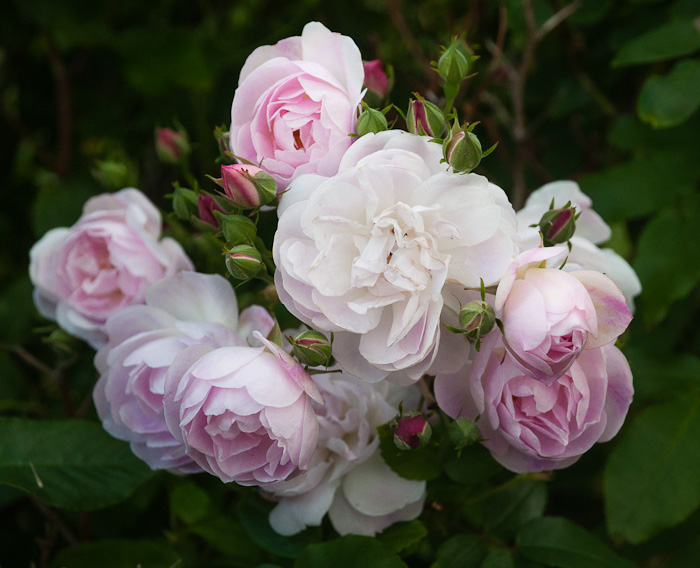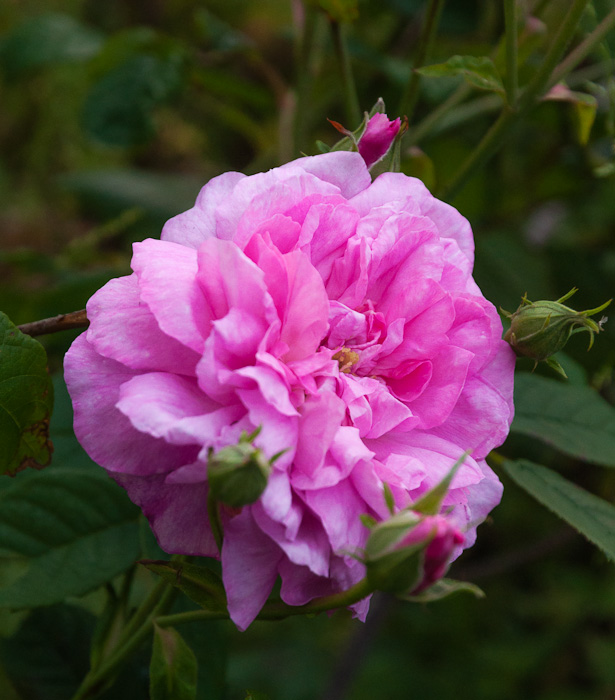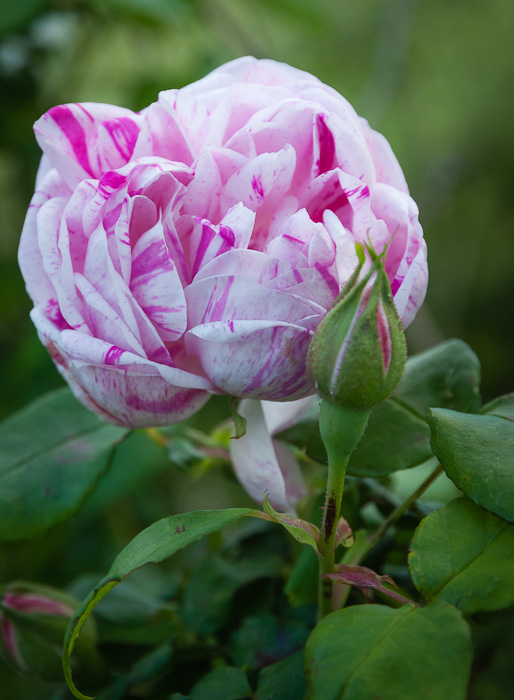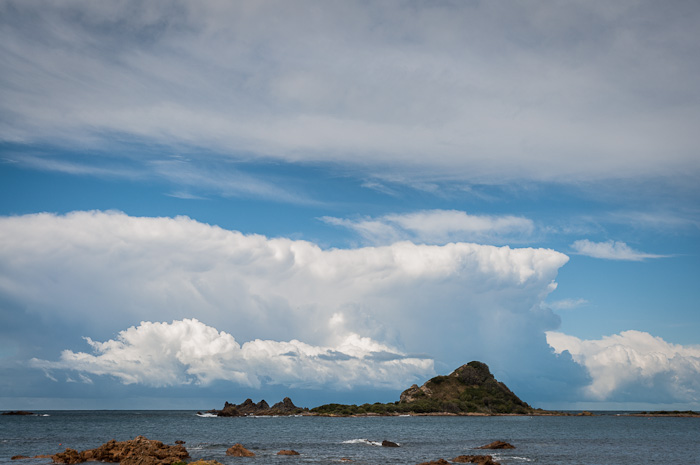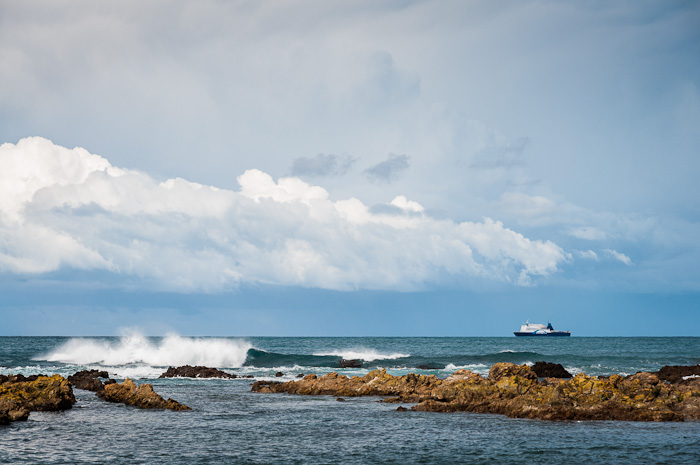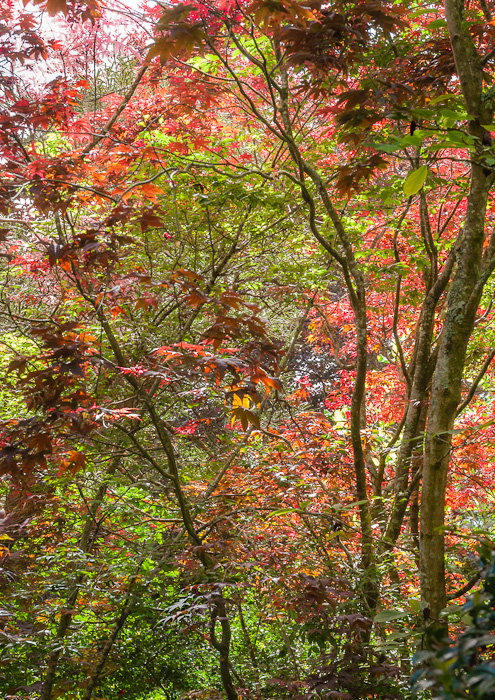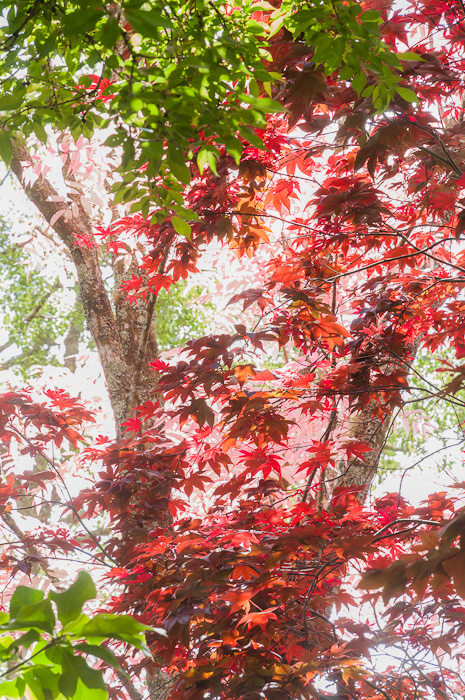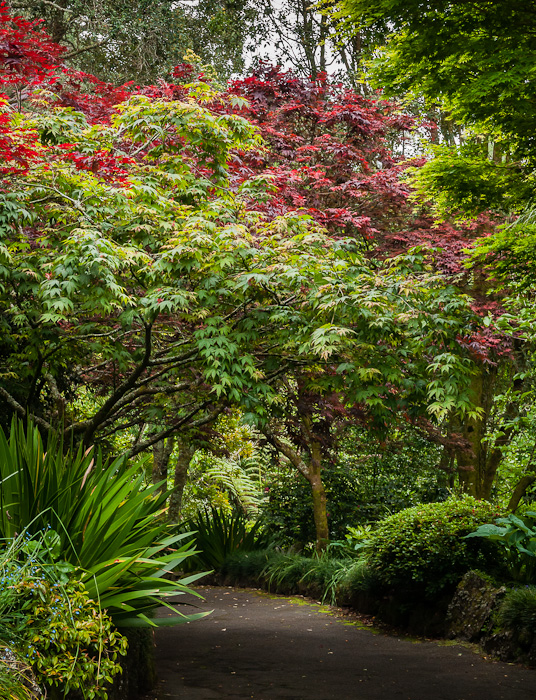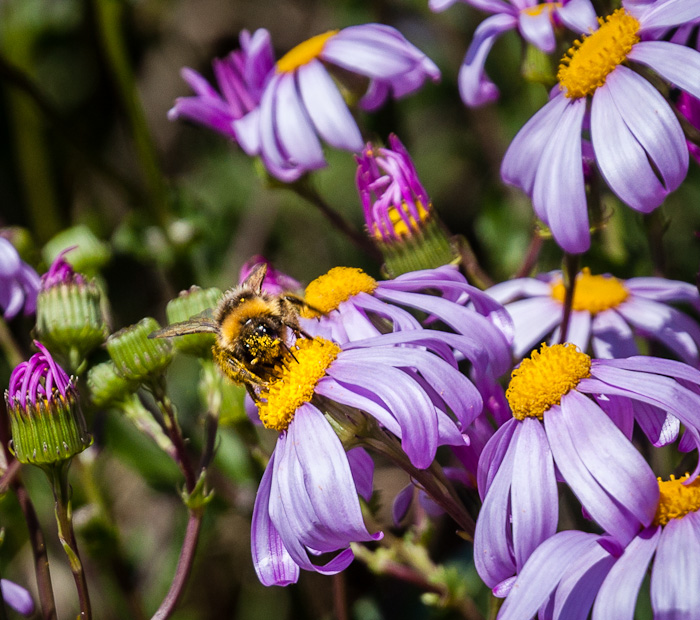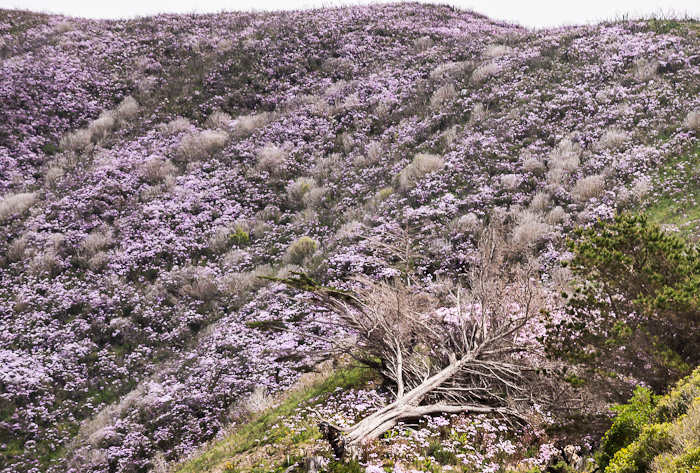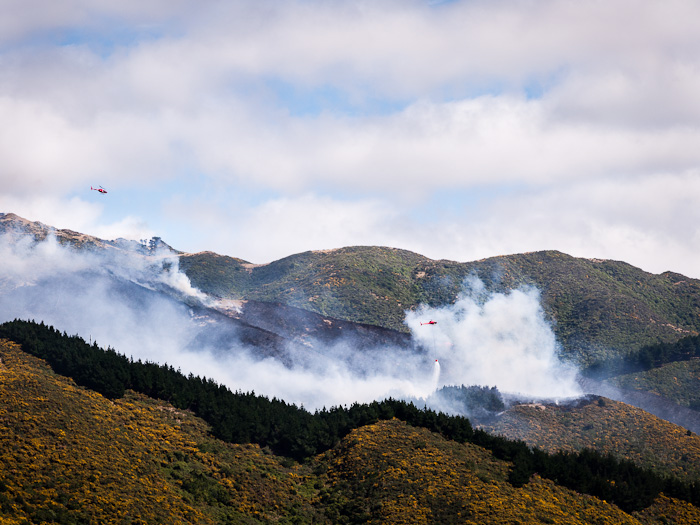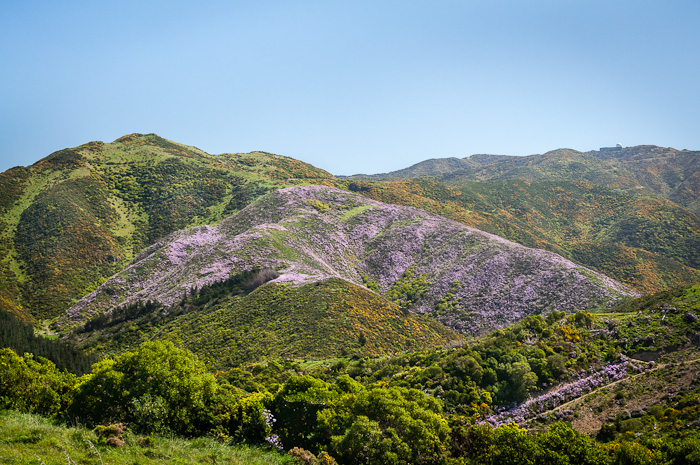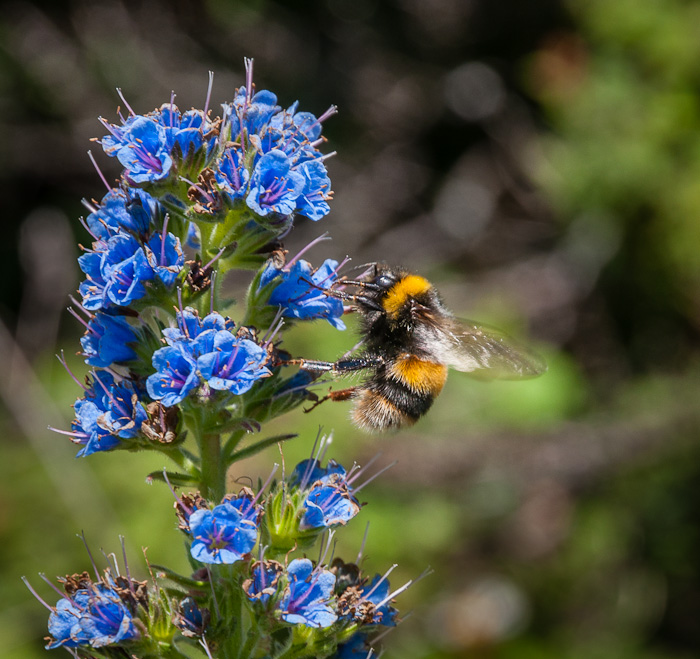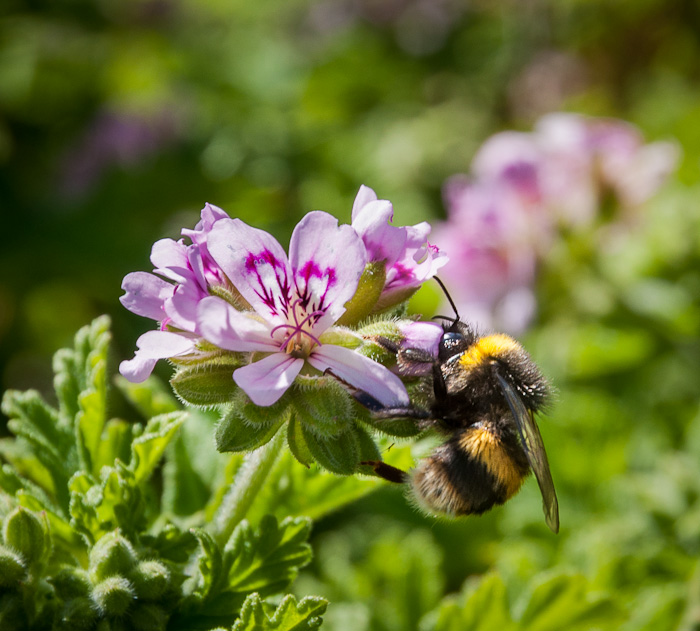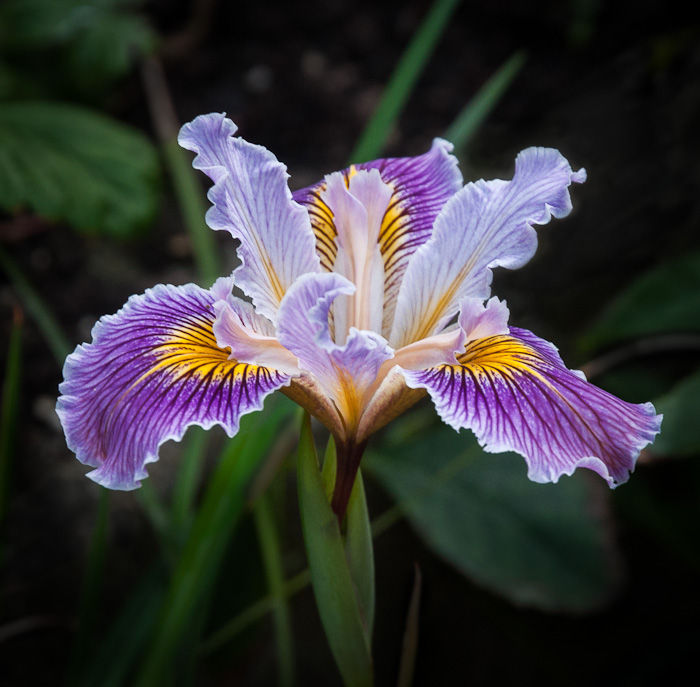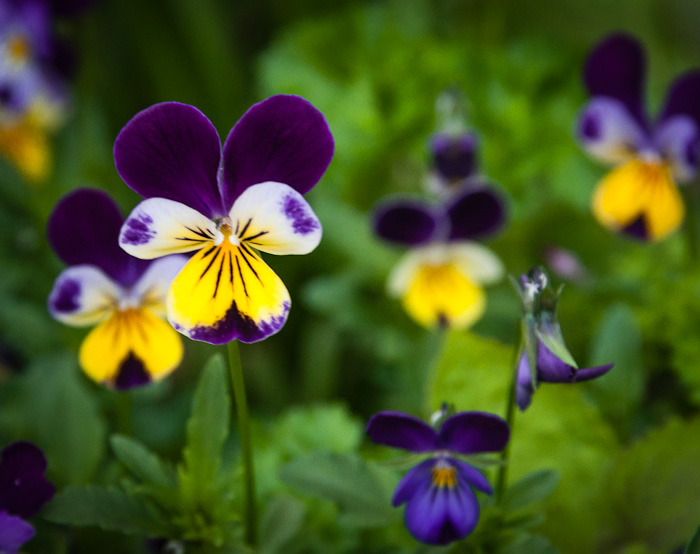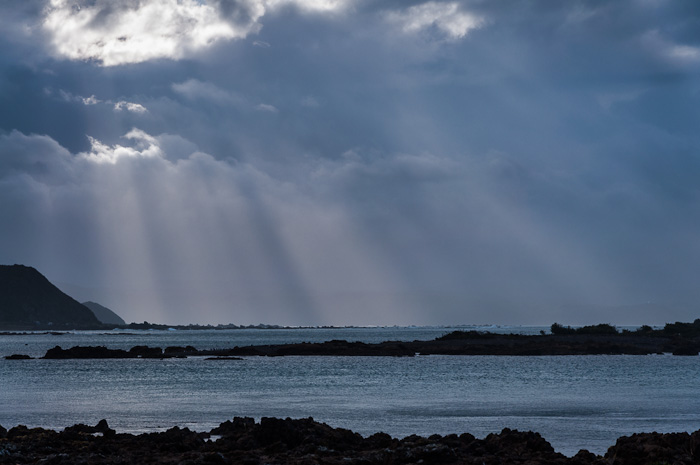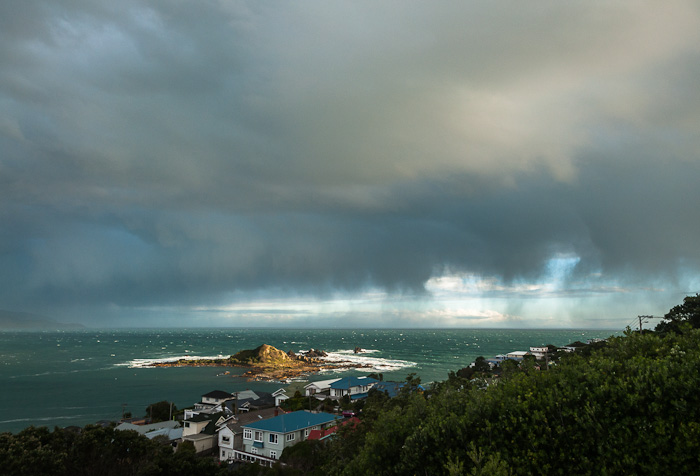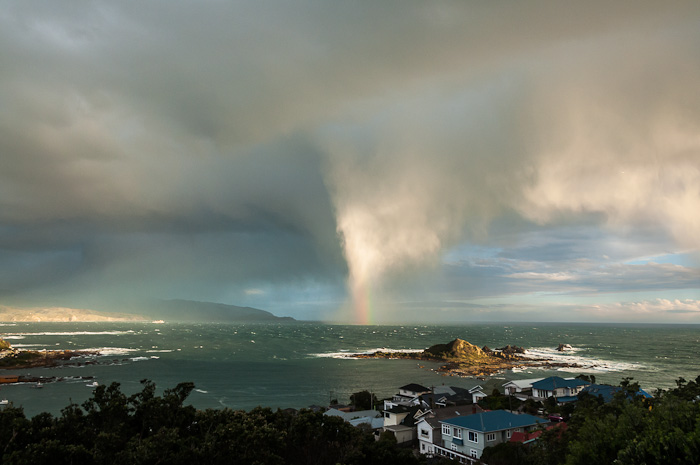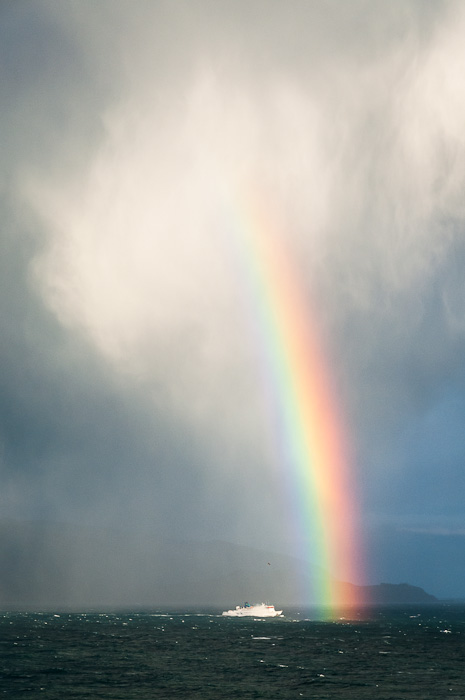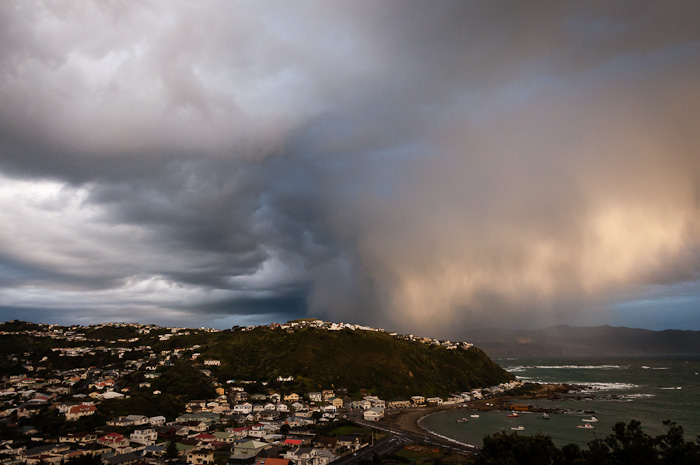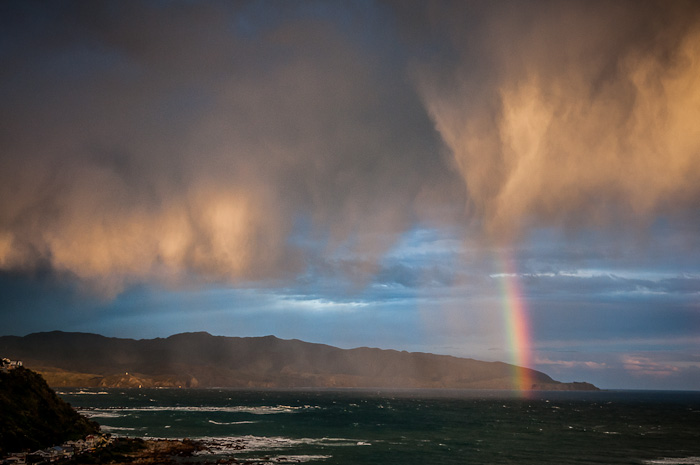I love the colours of waiuatua - Euphorbia glauca, New Zealand sea spurge. It is often included in amenity plantings along Wellington's south coast, so even though it is endangered ("in decline") in nature, we can readily enjoy its beauty - this photo was taken by the car parking area at Princess Bay.
Looking down on the blue green leaves and the red/purple flower structures - they contrast strongly, but the overall effect is quite gentle. I have further softened this with the magic of digital postprocessing in Lightroom by reducing mid-tone contrast using the "clarity" slider.
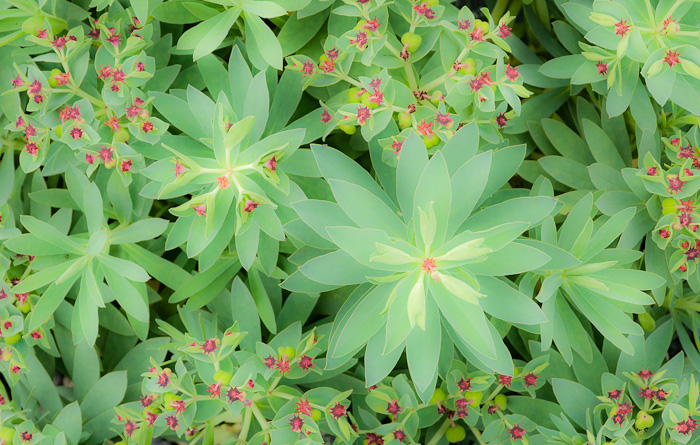
A huge number of photos are taken and shared these days - capable cameras are readily at hand, able to do all kinds of things for us. Even though maybe quite a proportion of the photos taken are quick snapshots, and are processed using presets, I nevertheless appreciate the way that photography involves some degree of attention, awareness, experimentation and discovery. I find that taking and processing images can be meditative and it can be playful. All of it deepens my appreciation of the complexity and interest in aspects of the natural world which can otherwise be so easily overlooked. And it strikes me that if we slow down, take time, and really savour the process, photography can be a delightful kind of awareness practice.
